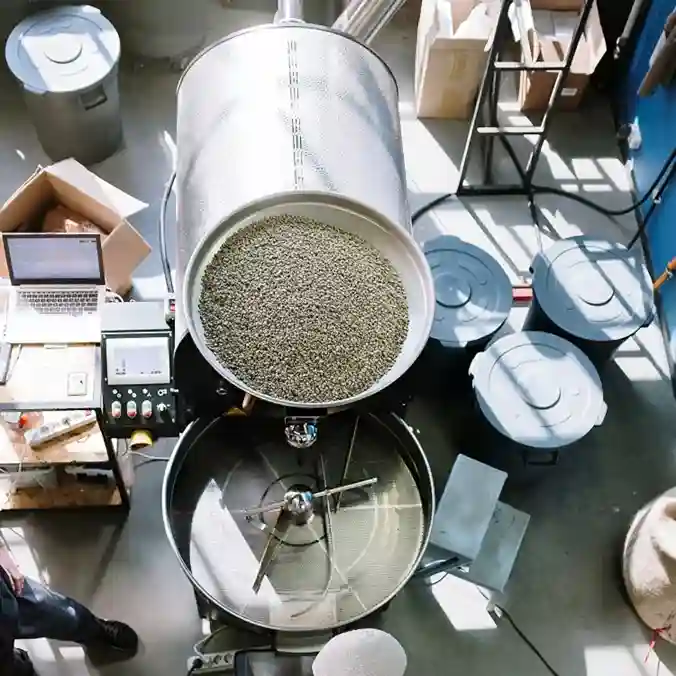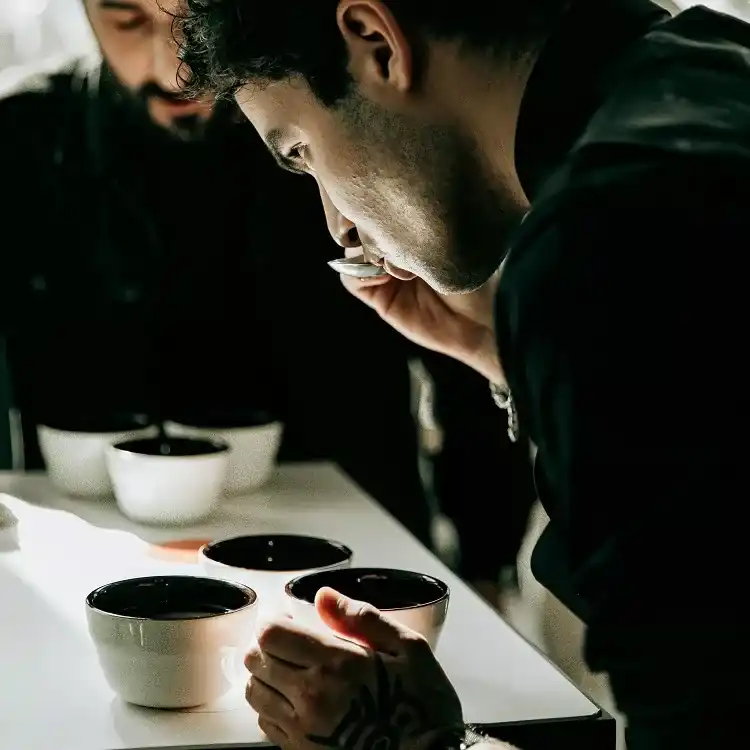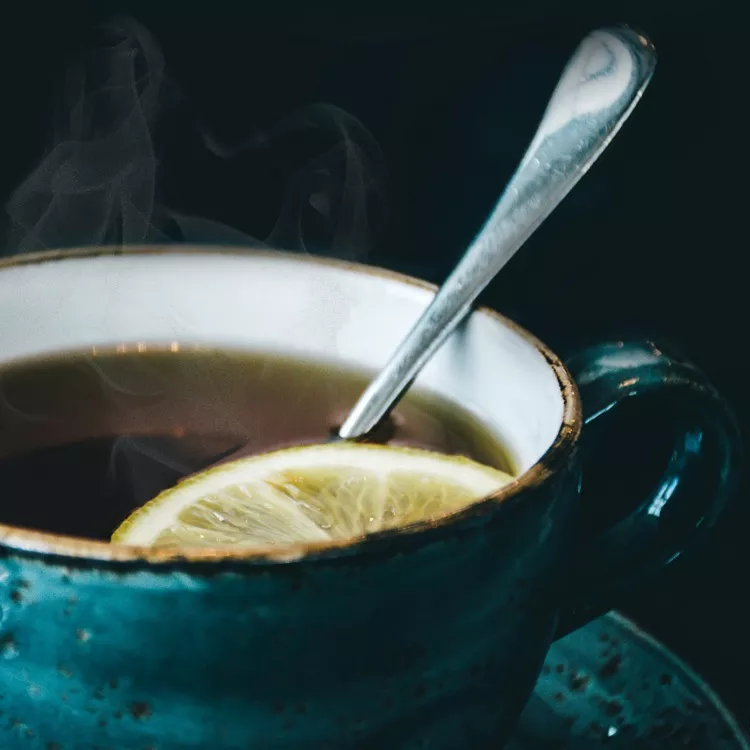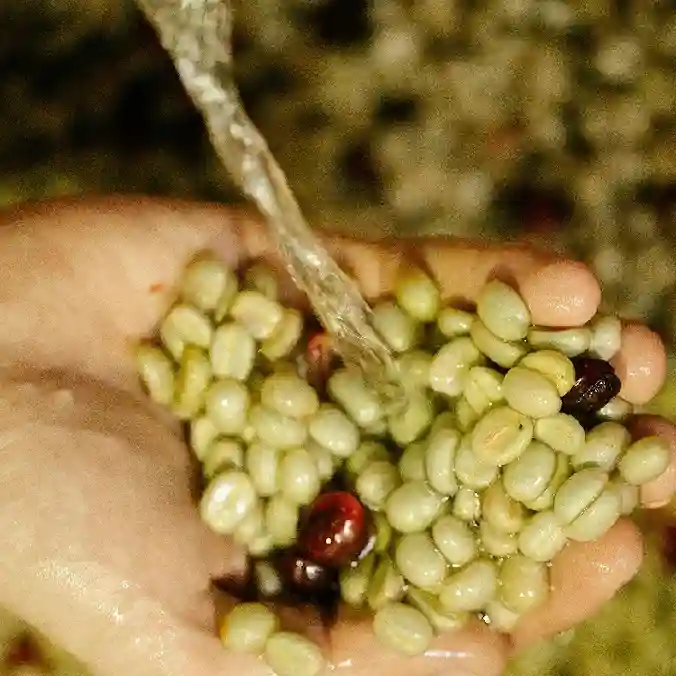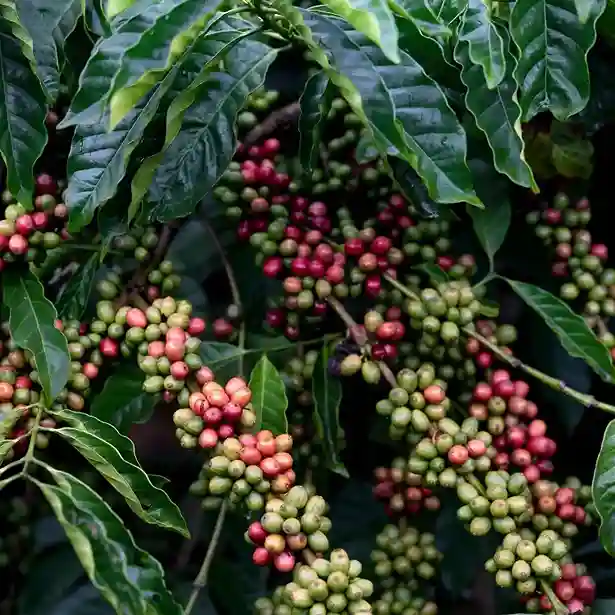Determining the size of the coffee bean and its role in coffee quality
The size of a coffee bean is a physical parameter that determines the diameter and area of the bean in millimeters or in special classification scales. It is one of the main factors affecting the quality of roasting, extraction and, ultimately, the taste of coffee. While organoleptic properties vary by variety, processing, soil and climate, size is still a critical characteristic often used in classification.
Grain measurement and classification methods
Coffee beans are often divided into three categories by size: large, medium, and small. To measure the size of the beans, special grids (meshes) with holes of different diameters are used. For example, a No. 18 sieve means that the mesh size is 18/64 inches in diameter. This approach allows the fruit to be sorted by size, which is an important condition for even roasting and a consistent flavor profile.
A system for labeling bean caliber in coffee names
In commercial coffee names, the size of coffee beans can be designated as Supremo (large), Excelso (medium), etc. In Kenya, they use the AA, AB, C markings, where AA is the largest bean. These markings make it easier for consumers to choose coffee according to their taste preferences.
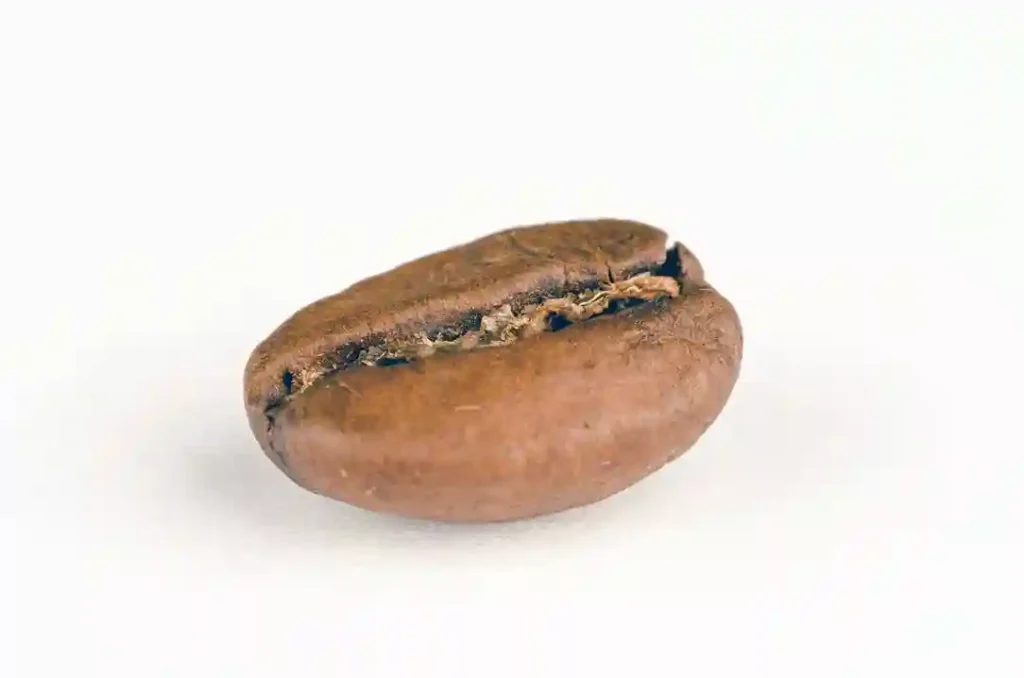
Scientific basis for the influence of grain size on flavor characteristics
Scientific research confirms that the size of the fruit has a direct impact on the evenness of roasting. Large beans take longer to roast, while small beans overheat faster. Thus, the size of the bean affects the taste of the coffee: larger beans give a deeper, much richer flavor, and smaller beans have a more pronounced acidity. As a result, the caliber can change the balance between bitterness, acidity, and sweetness. Numerous professional tastings have shown that the combination of caliber and physical properties of the beans has a strong impact on the aroma, finish and balance of the drink.
Sorting process by size
Sorting the coffee beans before roasting allows for a homogeneous product. When beans are of different sizes, they roast unevenly, resulting in an unbalanced profile. That’s why beans are sorted by size at the production stage to achieve consistent organoleptic properties.
Regional coffee bean classification systems
Kenyan coffee grading system
While fruit size is considered important in all regions, in Kenya it is given special consideration when sorting and grading coffee. Beans labeled AA are the largest and are exported as a premium segment. AB and C have a smaller bean size and a less intense coffee flavor.
American classification
In Central and South America, the designations SHG or HG are used to indicate the height of cultivation. These indicators do not directly determine the caliber of the fruit, but higher plantations usually produce denser, smaller beans with a distinct flavor.
Colombian standards Excelso and Supremo
In Colombia, there is a division between Excelso and Supremo. The latter type contains larger coffee beans that usually have a rich flavor profile. However, Excelso is not worse, it just has a different character.

The connection between caliber and finished beverage quality
Does a bigger fruit always mean a better coffee flavor? It doesn’t. While size can predict certain properties, such as intensity or depth, quality is largely dependent on processing, freshness, and variety. For example, large beans can be substandard. Despite their maximum size, they will have a very poor flavor.
Practical advice for consumers
If you are buying espresso beans, you should pay attention to the size of the beans, which should be uniform. For alternative brewing methods, such as V60 or Chemex, it is also important to use calibrated beans for uniform extraction. It is worth experimenting with different bean parameters to find the flavor that is perfect for you.
Myths and reality about size
One of the most common myths is that coffee from large beans always tastes better. In fact, the size of the beans can partially predict the potential of the drink, but the final coffee flavor depends on many factors: fermentation, roasting, and freshness of the raw materials. In addition, bean size labeling can sometimes create a false impression of coffee quality, especially if the consumer is not familiar with the meaning of these markings.
So, while the size of the coffee bean is a very important indicator, you shouldn’t rely on it alone. To truly enjoy coffee, you shouldn’t be afraid to experiment and gradually discover the colorful world of its shades and flavors. Taste different varieties, roasts, brewing methods, and fruits from different countries, regions, and terroirs, from Ethiopian to Colombian. Only through personal experience, observation, and comparison can you develop a deep understanding of your own taste ideal. Coffee is not just a drink, but a whole culture, a ritual, and an inspirational journey that is worth taking to be endlessly amazed by the richness of its shades.

